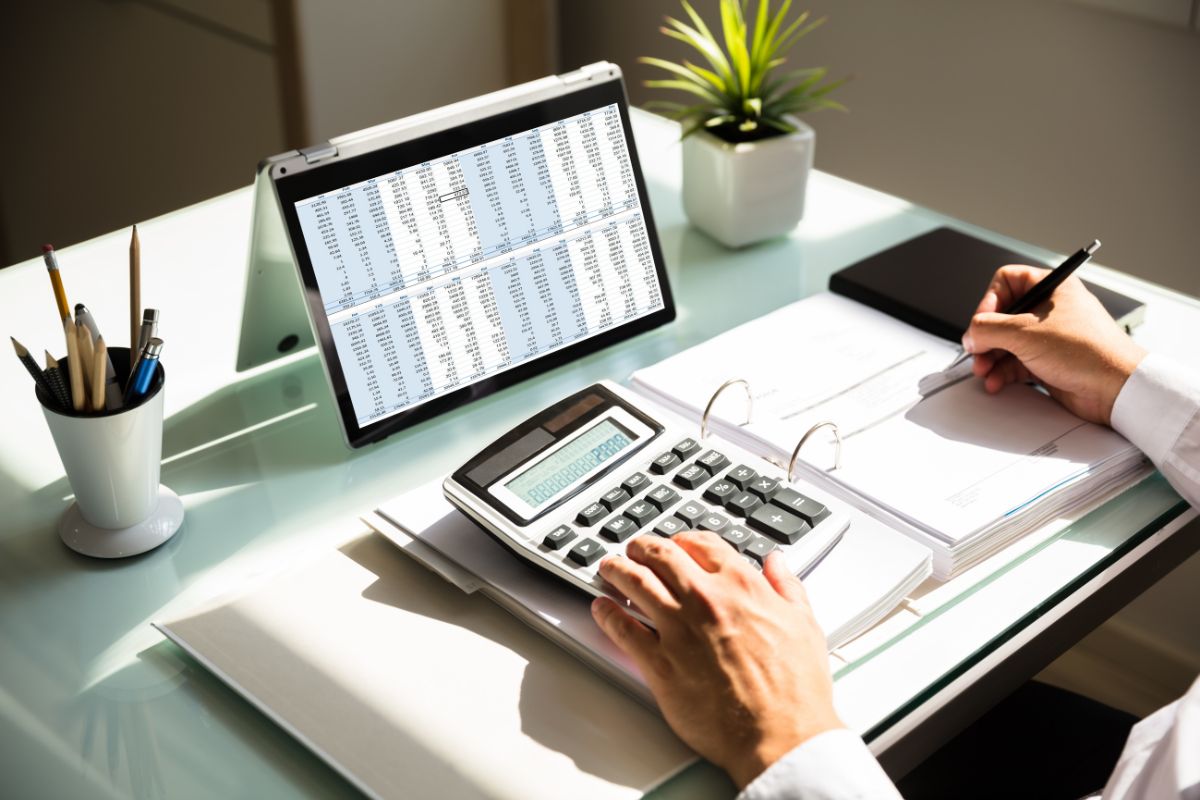In the world of accounting, calculating depreciation is a essential part of controlling a business’s belongings properly.
Among the several depreciation strategies, the straight line tactic stands out for its simplicity and prevalent software.
This method evenly spreads the cost of an asset more than its beneficial life, giving a constant annual depreciation expense.
Knowledge how to determine straight line depreciation and its importance not only assures compliance with accounting benchmarks like US GAAP but also aids in precise economic organizing.
Let us delve into the calculation process, its importance, and how it compares with other depreciation methodologies.
Contents
The Straight Line Depreciation Components Discussed
To compute straight line depreciation, you will need a few critical items of data: the asset’s original price, its salvage price (the approximated benefit at the stop of its valuable lifestyle), and its useful everyday living (the period of time above which the asset is anticipated to be applied). The system is simple:
Once-a-year Depreciation Price = (Price tag of the Asset – Salvage Benefit) / Helpful Life of the Asset
This method yields the amount that will be expensed each and every 12 months, reflecting the asset’s usage or don and tear over time.

Why Accuracy Issues
Acquiring straight line depreciation calculations appropriate is essential for many factors:
- Monetary Reporting: Correct depreciation influences a business’s equilibrium sheet and revenue statement, influencing claimed earnings and asset valuation.
- Tax Compliance: Depreciation calculations influence tax deductions similar to asset depreciation, affecting a company’s tax liabilities.
- Investment decision Decisions: Comprehending how belongings depreciate will help organizations make knowledgeable conclusions about funds investments and asset replacements.
Ensuring precise depreciation calculations underpins the integrity of monetary reporting and strategic setting up.
Fitting Into US GAAP
The straight line method’s compatibility with US Frequently Acknowledged Accounting Principles (US GAAP) underscores its significance.
US GAAP requires that depreciation techniques be rational and systematic, with straight line depreciation typically remaining the most clear-cut alternative.
It delivers a apparent, linear allocation of an asset’s cost, aligning with GAAP’s emphasis on reliability and understandability in monetary reporting.
Discovering Choice Depreciation Strategies
Though straight line depreciation is greatly made use of, other approaches may possibly improved go well with particular belongings or organization versions:
- Declining Equilibrium Technique: Accelerates depreciation expense in the early yrs of an asset’s daily life, lowering over time.
- Units of Output Technique: Ties depreciation to the asset’s utilization or output, presenting a more direct reflection of put on and tear.
- Sum-of-the-Years’ Digits Method: A far more accelerated depreciation process that minimizes the guide benefit a lot more immediately in the early decades compared to the straight line system.
Each individual of these methods provides diverse views on asset depreciation, highlighting the will need for enterprises to decide on the most suitable tactic based mostly on their specific circumstances and the mother nature of their belongings.
The Role Of Technological innovation In Simplifying Depreciation Calculations
In today’s digital age, know-how performs a pivotal position in simplifying the depreciation calculation procedure.

Accounting computer software and specialized depreciation resources have grow to be indispensable property for organizations in search of to automate and streamline their economical functions.
These systems not only be certain the accuracy of depreciation calculations but also noticeably reduce the time and exertion expected to regulate these jobs manually.
By leveraging application solutions, companies can very easily preserve up with the various depreciation schedules of their belongings, adhere to the most up-to-date accounting requirements, and produce thorough depreciation reviews.
The integration of technological know-how in depreciation calculations exemplifies how organizations can boost operational efficiency and keep money precision in a sophisticated regulatory landscape.
Strategic Setting up and Depreciation: Seeking Ahead
Understanding and properly calculating straight line depreciation is not just about retaining compliance and precision in monetary reporting it’s also about strategic fiscal preparing.
Depreciation impacts money stream projections, budgeting, and money assessment, producing it a crucial consideration in each small-phrase operational decisions and extended-phrase strategic planning.
Businesses that effectively deal with and foresee the depreciation of their assets are greater positioned to enhance their expenditure procedures, system for asset replacements, and handle their over-all economic well being.
As this sort of, mastering straight line depreciation is a important strategic edge, enabling companies to navigate the fiscal implications of their assets’ existence cycles with self-confidence and foresight.
The Cornerstone of Asset Administration
Mastering straight line depreciation is extra than an accounting exercising it is a critical element of successful asset administration and economical stewardship.
By properly calculating and making use of straight line depreciation, businesses guarantee compliance with accounting criteria, increase the precision of their fiscal reporting, and lay a strong basis for strategic monetary planning.
As organizations navigate the complexities of asset administration, comprehending the nuances of straight line depreciation and other methodologies remains a cornerstone of their economic wellness and prolonged-term achievements.





